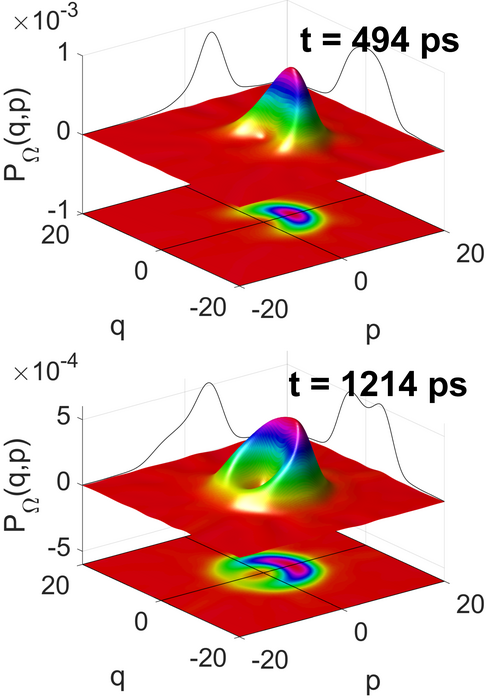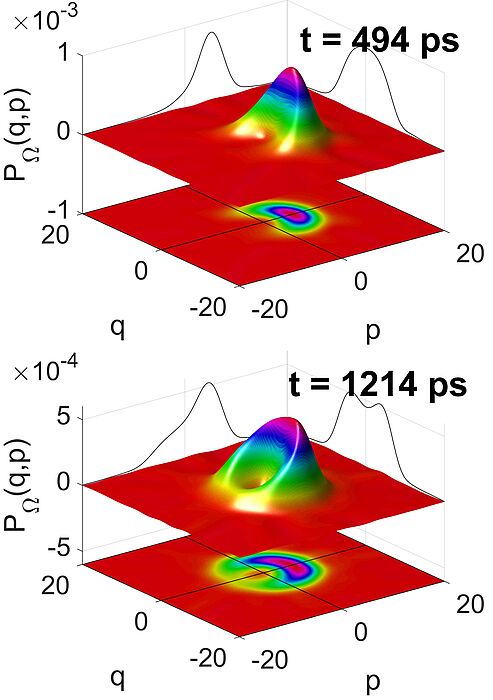Quantum technologies provide the amazing perspective to boost progress in communication, quantum computing or cryptography. Their advantage is based on utilizing the laws of quantum mechanics instead of classical physics which open up the possibility to implement highly efficient quantum algorithms, so the quantumness of a system becomes a valuable resource.
However, the number of available quantum systems is large and quantifying the actual usefulness of a given quantum systems and producing stable quantum states for future applications are main challenges in today's transition from classical to quantum information science and technology. How long a quantum system is able to maintain its quantumness is one of the most relevant indicators for its usefulness in quantum technological applications.
In a joint effort, research groups from Dortmund, Paderborn and Würzburg identified the long-term resourcefulness of quasiparticle condensates consisting of mixed particles composed of light and electronic semiconductor excitations - so called polaritons - for quantum information processing. They experimentally characterized the polariton condensate with cutting-edge phase-space methods for the first time and performed data analysis by novel numerical techniques. The study was published in the Physical Review Letters Journal.
In the study, the researchers established and implemented a framework that renders it possible to assess the dynamics of quantum coherence as a processing resource for quantum sciences and technologies. They found that the polariton condensates exhibit coherence times up to the nanosecond regime although they were placed in a perturbing environment.
The researchers also developed advanced numerical methods compatible with the approach put forward, which lead to predictions that show a high degree of agreement with the experimental findings.
This multidisciplinary work combines theoretical, computational, and experimental quantum physics. The phase-space representation approach developed in this publication provides an intuitive means to introduce dynamic quantifiers of quantum resourcefulness which may be easily applied to other quantum systems. Therefore, quantifying the usuefulness of quantum technologies becomes almost as simple as putting a tag on it.
Read the study here.
Contact: Prof. Dr. Marc Aßmann, TU Dortmund


